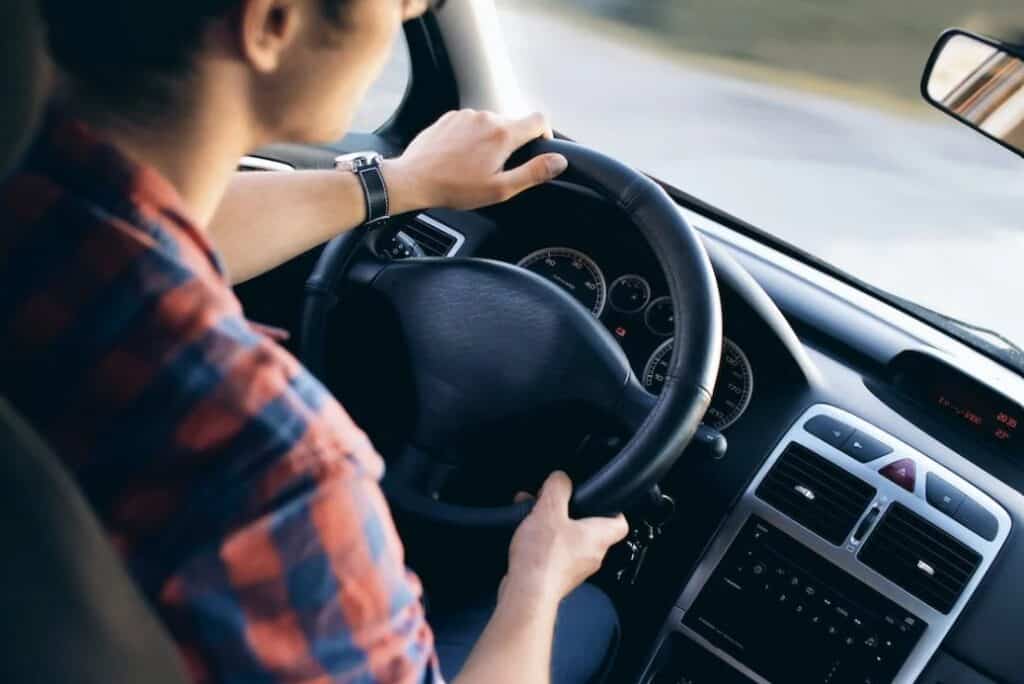Teen drivers have a fatal crash rate that is almost three times as high as that of drivers aged 20 and above—a cautionary statistic that merits families to take teen driving seriously.
In some states (South Dakota, North Dakota, and Montana) teens are able to obtain a full license by the age of 16 though others require all drivers to be at least 18. Regardless of the minimum age limit, parents should help teen drivers. By following key safety measures, teens can enjoy the freedom of taking the wheel while keeping their accident rates down.
Choosing the Right Vehicle

There are several factors which influence the choice of a first vehicle for teens—including safety, cost, and maintenance. Families and/or teens purchasing a new vehicle should prioritize cutting-edge safety features, including rear cross traffic warning, blind spot warning, adaptive cruise control, lane centering assist, and automatic emergency braking. All these systems reduce potential damage that can be caused by distraction and speeding.
Buyers should also carefully consider whether to opt for a new or used car. While used cars have an edge when it comes to cost, safety and maintenance may be problematic due to the vehicle’s previous, prolonged usage.
Teens interested in a second car should check out the make and model’s history in order to identify any potential issues prior to acquisition. If a teen has their heart set on a motorbike, they should know the risks involved. Motorbikes are involved in 14% of all traffic deaths worldwide. Therefore, investing in top-level insurance and maintaining contact with a motorcycle accident lawyer will be helpful.
Establishing Rules
If your teen has obtained their license for the first time, make sure they know the rules of the game. In some states, during the first six months after acquiring their license, they are not permitted to drive a vehicle with anyone under the age of 21, unless an adult is also present. Seatbelts must be on at all times, and the use of mobile phones by drivers under the age of 18 is strictly prohibited.
States also differ with respect to the times in which treen drivers cannot drive. In many states, teens are not permitted to drive between midnight (or close to it) and 5am or 6am. Finally, in order to ensure teens are not consuming alcohol, parents can offer to pick up their children or suggest the usage of public transport or a taxi to get home.
Being a Good Role Model
As a parent, make sure you practice safe driving habits yourself while your teenager is in the vehicle, pointing out dangers and precautions in order to educate your children of potential hazards and solutions. Remain focused and avoid distractions, avoid speeding, do not tailgate, and stay calm, avoiding arguments and the discussion of tense topics. Avoid texting or attending to your phone, and ensure your GPS system is appropriately displayed, so you don’t have to use your phone for directions.
As teenagers embark on their journey behind the wheel, it is essential for parents to guide them towards responsible driving. From choosing an appropriate vehicle with enough safety features to establishing rules and guidelines for them to follow while in the driver’s seat.
Leading by example, parents must influence young drivers by showcasing exemplary driving and creating a healthy environment. Parents should also provide constructive criticism, pointing out strengths and targets for teens, and offering to pick teens up if they are out past their license curfew time.
Also read:







